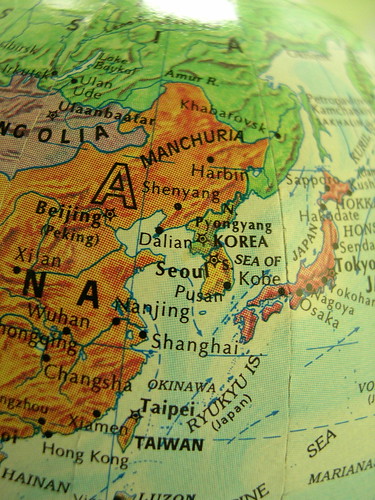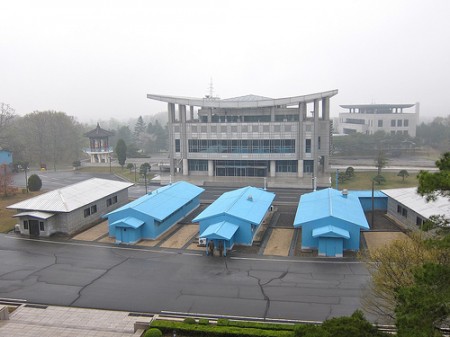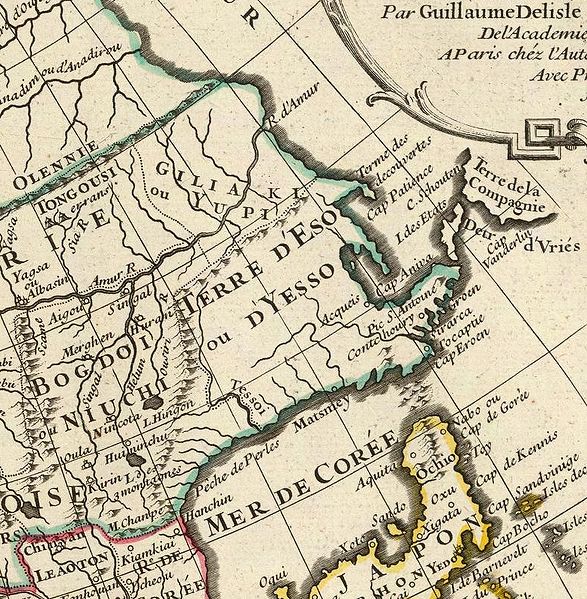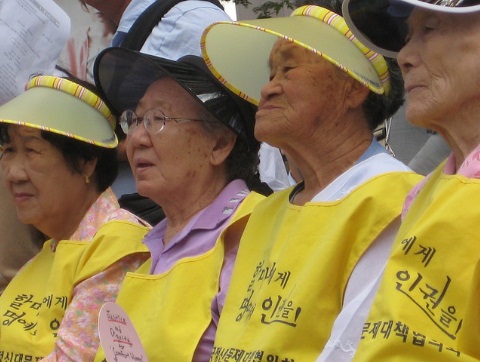
TOKYO – The Unha-3 rocket launched from Sohae in North Korea on the morning of December 12 passed through Japanese air space over the island of Okinawa 12 minutes later, and crashed into the Pacific Ocean roughly 300 kilometers east of the Philippines. The launch could be considered a mild surprise, because South Korean intelligence sources had suggested that it had been canceled.
More surprising was the success of the launch, which makes North Korea the tenth member of the world’s “Space Club” (the ninth member was Iran, which successfully launched its Safir rocket in 2008). The Unha-3, a three-stage rocket weighing 92 tons, follows the Unha-2, which failed spectacularly in 2009, so the evident progress that North Korea has made in its missile technology in such a short period has shocked governments around the world.
The United Nations Security Council responded by debating a resolution on strengthening sanctions against North Korea. Only China – no surprise – opposed new sanctions, stressing that “actions that heighten tension on the Korean Peninsula should not be taken.” China has agreed to Security Council resolutions against Iran on several occasions, but it has backed sanctions against North Korea on only two, both coming after the North conducted nuclear tests (in 2006 and 2009).




